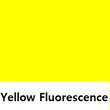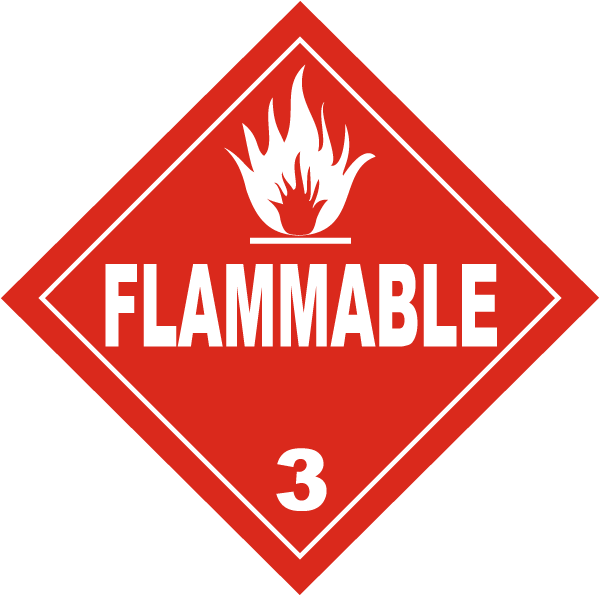|
Formula
Procedure of Application
Development Complete When
Source of Error
Incompatibilities
Precautions
Storage Container
Safety
Recommendations
Similar Reagent
Sequential Reagent
Formula
Procedure of Application
Development Complete When
The cyanoacrylate has absorbed the dye stain. Source of Error
Surfaces that absorb too much dye stain will fluoresce too brilliantly to be effective for photography. Incompatibilities
Items that inherently fluoresce around the 500 nm range will interfere with the dye stain fluorescence . Precautions
Avoid excess build-up of cyanoacrylate, since this may result in ridge detail depicting little contrast to the strongly fluorescent surface. Storage Container
Dark or Clear stoppered glass or plastic bottles. Safety
Fume hood use is required when preparing and applying the reagent. Recommendations
This dye-stain is effective at the low 500 nm region of forensic light source illumination. Similar Reagent
Sequential Reagent
Not Necessarily in this Order:
Vertical Divider
|
Chemical Name
Safranin O Surface Used On Non-Porous Surfaces Sensitive To Cyanoacrylate Deposit Abridged Reagent Sequence
Vertical Divider
|
Ridge Detail Visualized by:
Forensic Light Source induced Reagent Applicabilities: Non-Porous Surfaces Fluorescent Technique Post Cyanoacrylate Other Chemical Name(s): Basic Red 2 Brilliant safranin BR Brilliant Safranin G Calcozine red Y Safrin T Leather red HT Working Solution Shelf-life: Indefinite |
Process Summary:
A fluorescent dye-stain used to enhance cyanoacrylate-developed latent prints. A fluorescent light source that will output light around 500 nm is required for this process.
A fluorescent dye-stain used to enhance cyanoacrylate-developed latent prints. A fluorescent light source that will output light around 500 nm is required for this process.
Accepted Deviations:
A rinse of methanol may be used to remove excess dye stain from the item. A heat gun may be used to dry the item before viewing with a Forensic Light Source.
A rinse of methanol may be used to remove excess dye stain from the item. A heat gun may be used to dry the item before viewing with a Forensic Light Source.
Supporting Reference Materials:
- Minutiae Magazine, Summer Special 1994, Issue No. 24, pg.7.
- "Chemical Formulas and Processing Guide for Developing Latent Prints", U.S. Dept. of Justice, pg. 47-48, 1994.






